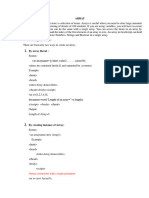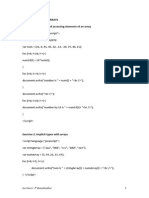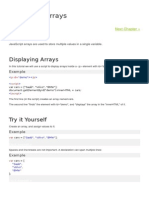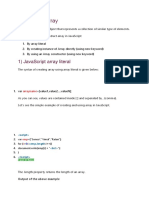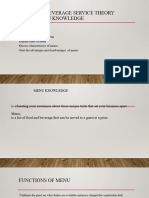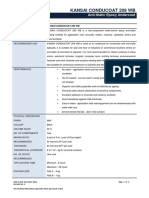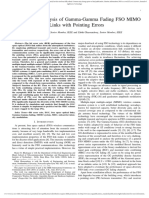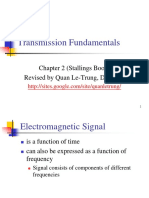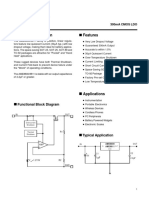0% found this document useful (0 votes)
28 views51 pages7B Arrays Vs String & Programming With Loops and Arrays
Uploaded by
Sophia LindholmCopyright
© © All Rights Reserved
We take content rights seriously. If you suspect this is your content, claim it here.
Available Formats
Download as PDF, TXT or read online on Scribd
0% found this document useful (0 votes)
28 views51 pages7B Arrays Vs String & Programming With Loops and Arrays
Uploaded by
Sophia LindholmCopyright
© © All Rights Reserved
We take content rights seriously. If you suspect this is your content, claim it here.
Available Formats
Download as PDF, TXT or read online on Scribd
/ 51










